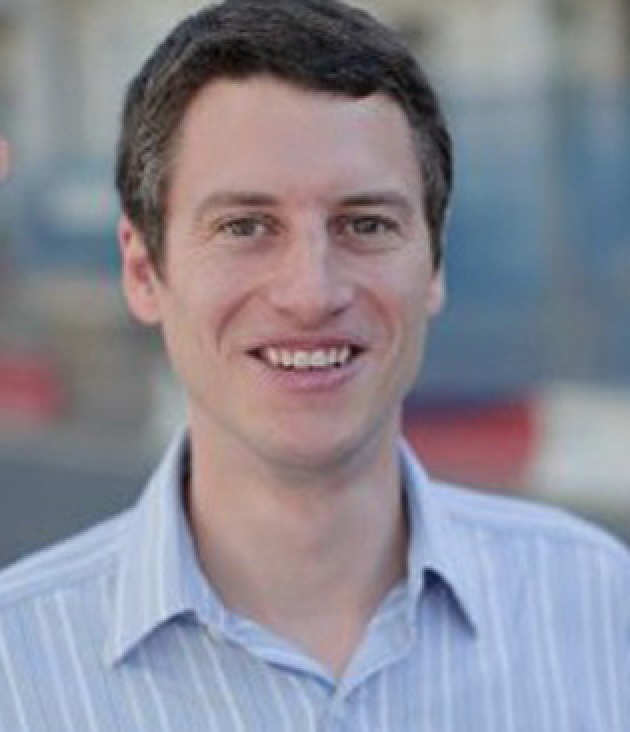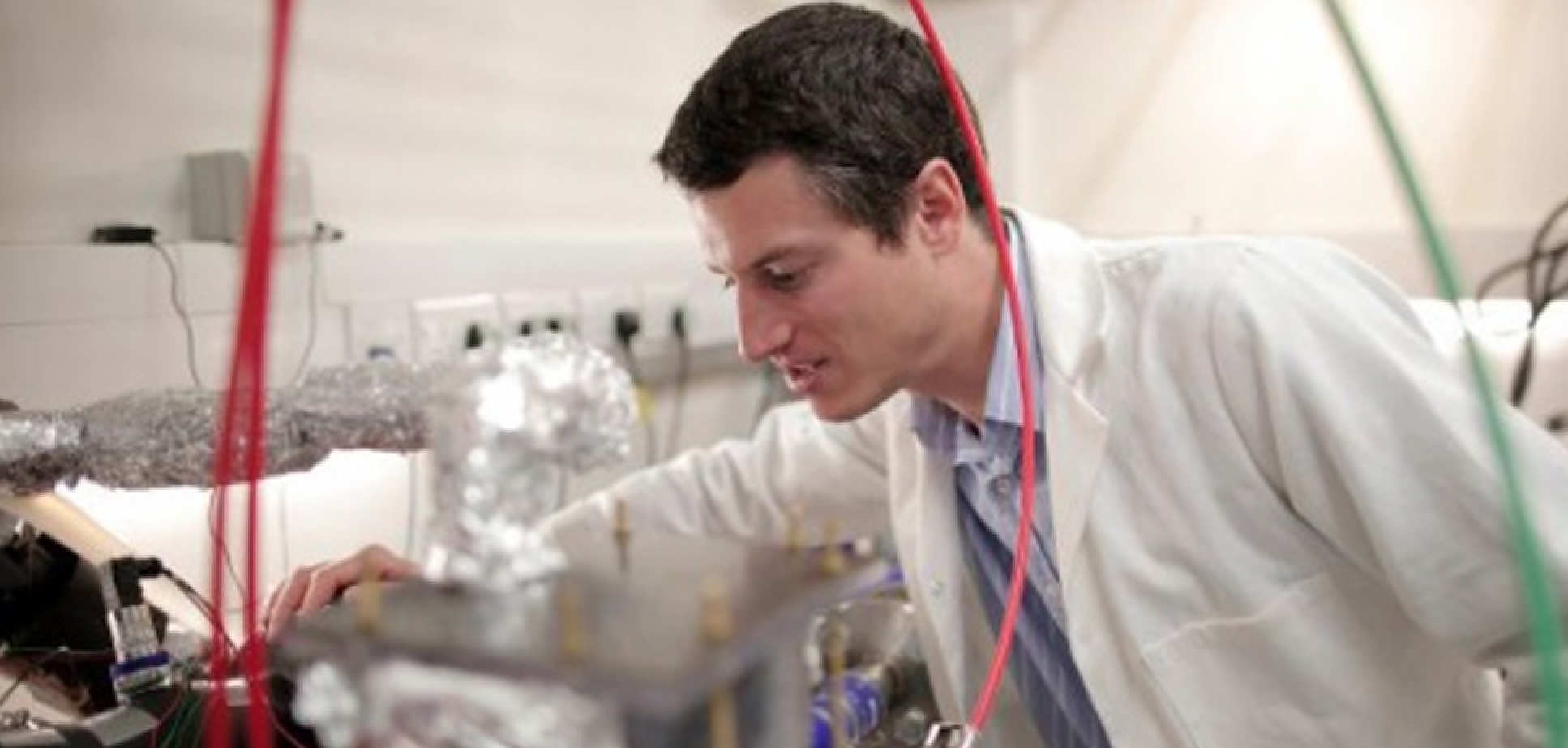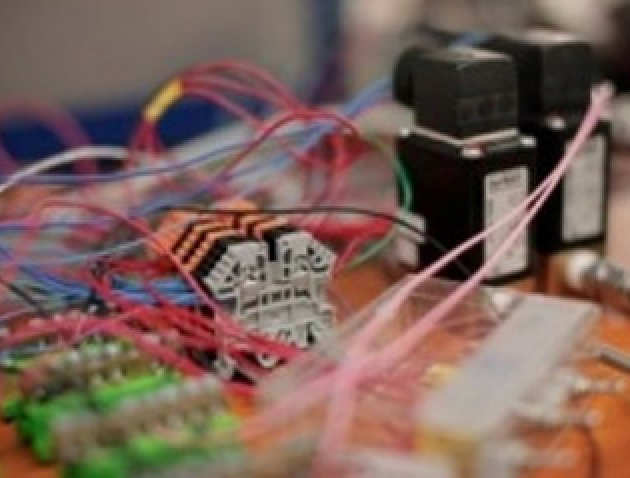Mradi wa magari ya baadaye, mawazo kwa 2050.
Greg Offer ni mtafiti mchanga anayeongoza kikundi chenye nguvu katika Idara ya Uhandisi wa Mitambo lakini tayari anaangalia mbele kama vile. 2050 kwenye mradi wa magari ya baadaye. Offer inaamini uwekaji umeme wa magari ya barabarani, and consequently a move away from the combustion engine, will happen during his lifetime.
 “I’m doing research to be part of that transition,” says Offer, “hopefully to accelerate it or at least enable us to choose alternatives sooner if we want to.” The alternatives that Offer’s group are studying include hydrogen-powered fuel cells, Lithium-ion batteries and super-capacitors.
“I’m doing research to be part of that transition,” says Offer, “hopefully to accelerate it or at least enable us to choose alternatives sooner if we want to.” The alternatives that Offer’s group are studying include hydrogen-powered fuel cells, Lithium-ion batteries and super-capacitors.
Offer is agnostic about which technology succeeds the combustion engine. “I don’t want to pick a winner,” Anasema, “The trend in the automotive industry towards electrification is in my mind inevitable. The only argument is over how quickly it will happen.”
Right now is an exciting time for Offer’s research group because hybrid and electric vehicles are starting to find niche markets that make commercial sense. The question that drives Offer is how early and quickly can these technologies break out of those niches, such as a fleet of delivery vehicles, into the mass vehicle market. And what can be done to accelerate it.
The trend in the automotive industry towards electrification is in my mind inevitable. The only argument is over how quickly it will happen.”
Back in the lab, the latest challenge for Offer and his colleagues is understanding how electric batteries degrade and fail. The current generation of Lithium-ion batteries are not good enough for mainstream passenger vehicles says Offer.
They do fine in mobile phones, laptops and even electric motorbikes (of which China already has hundreds of millions on the road). But for mainstream vehicles the energy, power density and cost of batteries all need to improve by a factor of 2 au 3 to become viable.
 Wakati huo huo, the automotive industry still needs to use current batteries in its hybrid or electric vehicles for the next decade or so. This is where Offer and colleagues hope to make a difference. In comparison to the billions of dollars spent on researching new materials and individual battery cells, very little has been spent on engineering of battery packs.
Wakati huo huo, the automotive industry still needs to use current batteries in its hybrid or electric vehicles for the next decade or so. This is where Offer and colleagues hope to make a difference. In comparison to the billions of dollars spent on researching new materials and individual battery cells, very little has been spent on engineering of battery packs.
 A typical hybrid electric vehicle runs on batteries that deliver 1-2 kilowatt-hours, but an electric vehicle needs 20 kilowatt-hours or more. This translates into 100 battery cells per vehicle says Offer and is where the weight, volume and performance of the battery pack become crucial factors.
A typical hybrid electric vehicle runs on batteries that deliver 1-2 kilowatt-hours, but an electric vehicle needs 20 kilowatt-hours or more. This translates into 100 battery cells per vehicle says Offer and is where the weight, volume and performance of the battery pack become crucial factors.
A significant amount of an iPad is its battery, says Offer. So imagine you need about one hundred iPads to power an electric vehicle. The behaviour and performance of such a large battery pack is very different from an individual cell.
Diagnosing and predicting how batteries degrade and fail in the hot bumpy environment of a road vehicle is a huge challenge. The goal is to link the science to the engineering by digging deep into the detailed chemistry says Offer.
Industry needs the tools to predict battery performance so they can design thermal management systems that will minimise failure rates. Currently those tools don’t exist, says Offer, so we’re seeking to develop them over the next 4 kwa 5 miaka. “If we can do that we will have real impact.”
Chanzo:
www.imperial.ac.uk


Acha jibu
Lazima Ingia au kujiandikisha kuongeza maoni mapya .